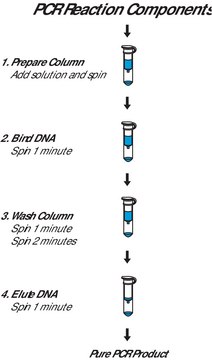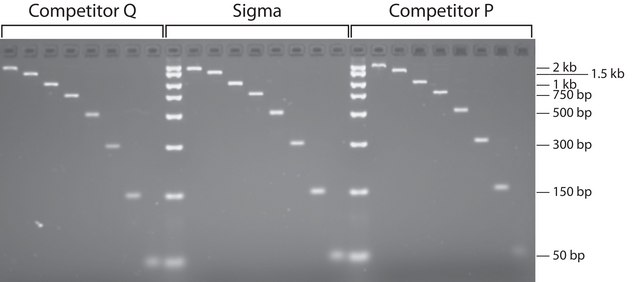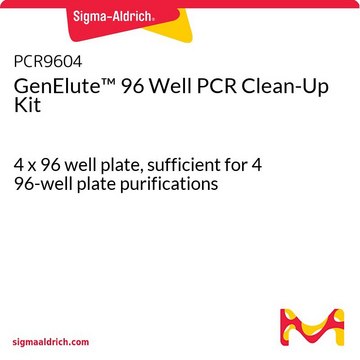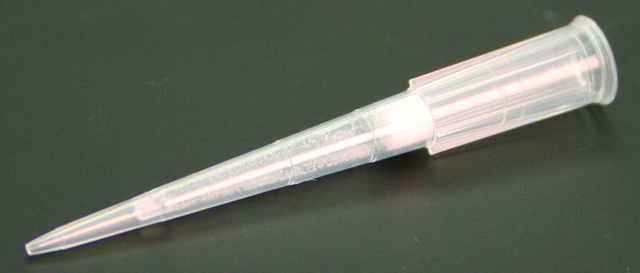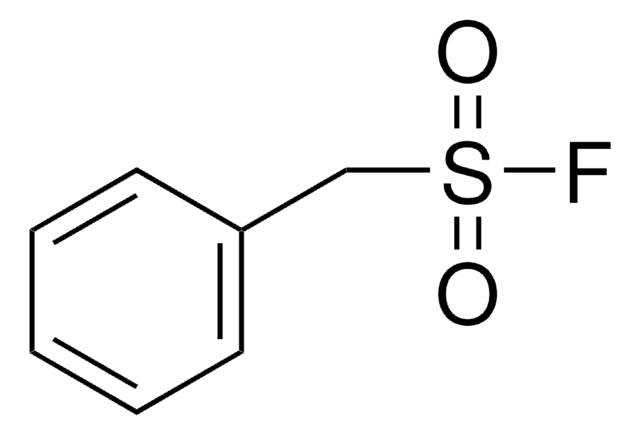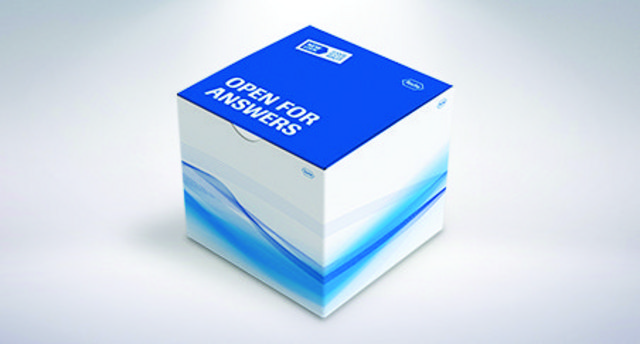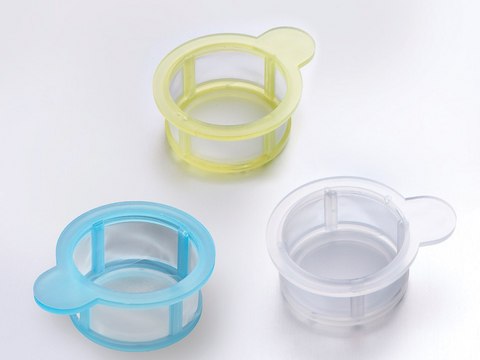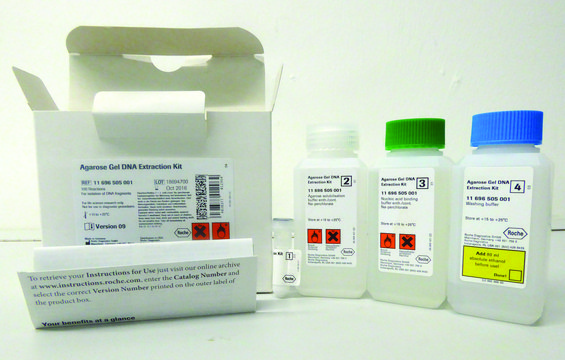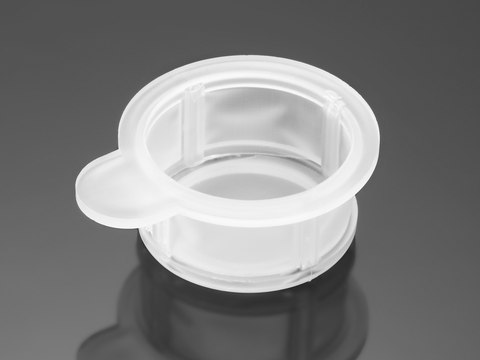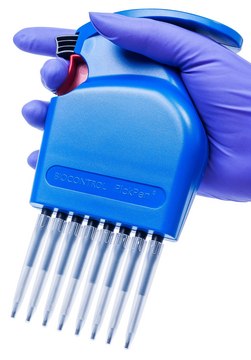D1947
Diffinity RapidTip®
for PCR Purification
Synonym(s):
PCR clean up tip, PCR purification tip, PCR reaction clean-up tip
About This Item
Recommended Products
Quality Level
form
solid
manufacturer/tradename
(Diffinity Genomics, Inc.)
capacity
50(µL)
storage temp.
room temp
Looking for similar products? Visit Product Comparison Guide
Related Categories
1 of 4
This Item | DTTRO | D9779 | D0632 |
|---|---|---|---|
| solubility water: 5% | solubility - | solubility H2O: 50 mg/mL | solubility H2O: soluble 50 mg/mL, clear, colorless to very faintly yellow |
| reaction suitability reagent type: reductant | reaction suitability reagent type: reductant | reaction suitability reagent type: reductant | reaction suitability reagent type: reductant |
| Quality Level 100 | Quality Level - | Quality Level 200 | Quality Level 200 |
| form crystalline powder | form crystalline powder | form powder | form powder |
| storage temp. −20°C | storage temp. 2-8°C | storage temp. 2-8°C | storage temp. 2-8°C |
General description
Application
Features and Benefits
- Single step
- Recovers 90% of high quality dsDNA
- Optimized for 25 μL RXN
Legal Information
Choose from one of the most recent versions:
Already Own This Product?
Find documentation for the products that you have recently purchased in the Document Library.
Our team of scientists has experience in all areas of research including Life Science, Material Science, Chemical Synthesis, Chromatography, Analytical and many others.
Contact Technical Service